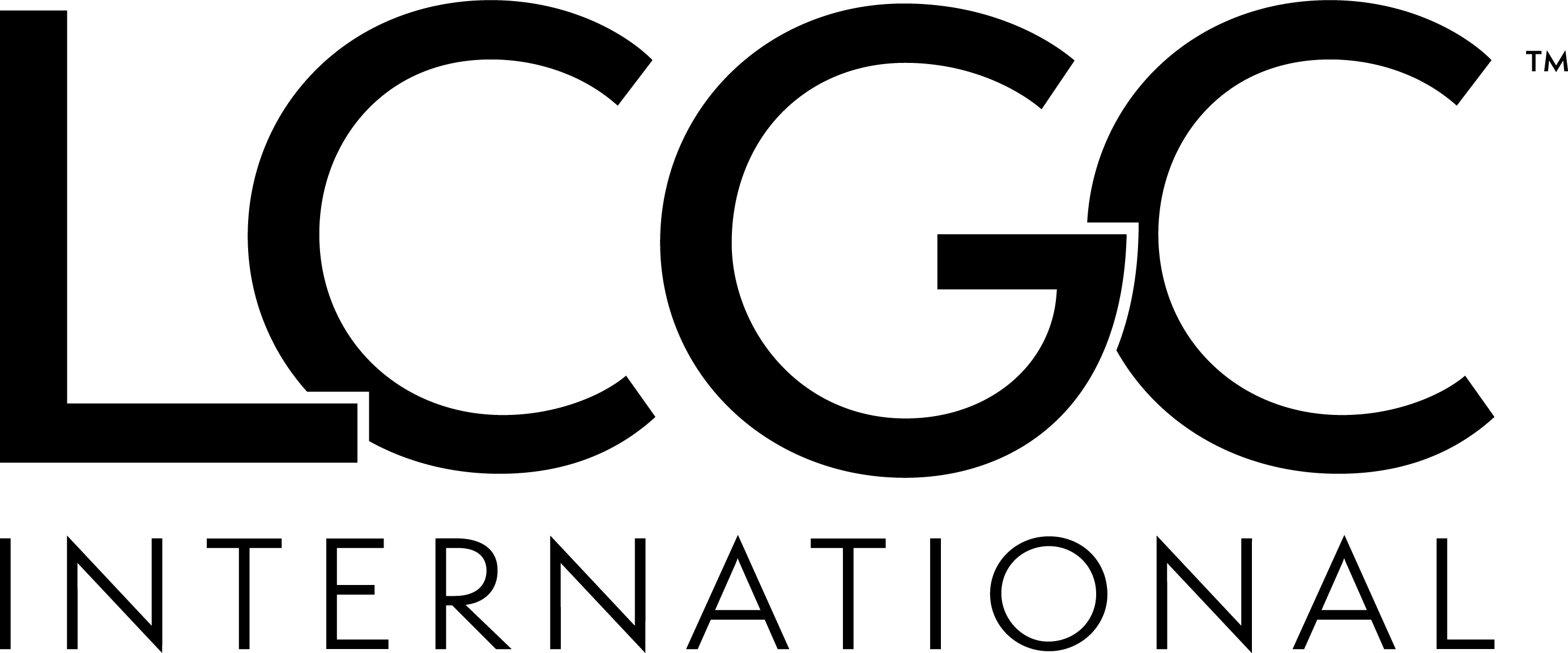
3 Common eCOA Implementation Challenges and How to Solve Them
Overcoming hurdles with licensing complexities, post-production changes, and IRB submissions can help in reducing timelines and increasing collaboration.
eCOA (electronic clinical outcome assessment) systems have become essential in modern clinical trials, offering improved data quality and patient engagement. However, clinical operations teams regularly face eCOA implementation challenges that can delay timelines and cause frustration. Understanding these common bottlenecks—and knowing how to address them—can help teams navigate implementation more smoothly and optimize their trial processes.
1. Licensing complexities
One of the most significant perceived bottlenecks in eCOA implementation is licensing. Though not inherently more complex than other clinical systems, clinical operations professionals often express frustration about this particular challenge.
- The challenge: Instrument licensing in the electronic space has historically involved additional contracts, separate vendor agreements, and concerns from copyright holders about maintaining intellectual property rights when moving from paper to electronic formats. This represents one of the most common eCOA implementation challenges that clinical teams encounter.
- Solutions:
- Engage early with experienced partners. Teams who work with eCOA and translation providers that have established relationships with instrument authors tend to navigate licensing more smoothly.
- Ask the right questions upfront. Clinical operations teams should determine who's writing their protocol, who's engaged from procurement, and whether existing license agreements extend to their current study. These simple questions can prevent significant delays later.
- Stay current with industry initiatives. Industry groups like C-Path are establishing measure owners forums to reduce friction between eCOA providers, CROs, translation providers, and measurement owners to streamline licensing processes. This collaborative approach is showing promising results.
2. Post-production changes that extend timelines
When clinical teams request changes after implementation, they're often surprised by the timeline estimates provided. A common question from sponsors is, "Why does it take 4-6 weeks to add just one question?" This perfectly illustrates one of the most common misunderstandings about eCOA implementation challenges.
- The challenge: Even seemingly minor changes—like adding a single questionnaire—can have cascading effects on visit schedules, eligibility, data transfers, translations, training materials, and reports.
- Solutions:
- Set realistic expectations early. Clinical teams should understand that timelines for changes depend on study complexity, format (site-based vs. home-based), language requirements, and other factors. The "it depends" answer may be frustrating, but it's honest.
- Ensure requirement finalization before work begins. Think of it like building a house—you wouldn't want contractors to start laying a foundation without finalized blueprints. Similarly, vendors need completed requirements before beginning implementation to avoid common eCOA implementation challenges.
- Prioritize quality over speed. While vendors continuously work to optimize timelines, ensuring data quality must remain the primary focus. When clinical teams understand this priority, they often appreciate the thoroughness, even if it takes a bit longer.
- Involve all stakeholders in requirement discussions. Successful implementations include representatives from data management, clinical operations, and other relevant teams to ensure all perspectives are considered upfront.
3. Translation and IRB submission challenges
Translations and regulatory submissions present particular eCOA implementation challenges for clinical operations teams, especially with increasingly complex regulatory requirements across different regions.
- The challenge: Study timelines often require IRB submissions earlier in the process, creating tension with licensing and translation timelines. This is compounded by inconsistent requirements from different regulatory bodies, particularly regarding screenshot requirements in submissions.
- Solutions:
- Start the licensing process as early as possible. Even with draft protocols, getting ahead of these timeline challenges can save weeks of frustration. The most successful clinical teams initiate this process well before they need final documents.
- Understand regional submission variations. Requirements vary widely between IRBs and countries, with some accepting paper versions while others require detailed screen reports. Knowing these differences upfront helps clinical teams prepare appropriate documentation.
- Stay informed about evolving regulations. Industry discussions are underway about potentially removing screenshot requirements from submissions altogether, based on the argument that GCP doesn't specifically require them. This evolution could significantly simplify one of the most time-consuming aspects of eCOA implementation.
- Consider copyright implications. Clinical operations teams should be aware that instrument authors may have concerns about versions of their copyrighted instruments becoming publicly available through regulatory submissions. Having this conversation early prevents surprises later.
- Use systems with built-in validation features. Instruments with built-in validation can ensure measurement equivalence across languages while addressing eCOA implementation challenges, ultimately saving clinical teams significant time.
Looking ahead: Evolution in eCOA implementation
The eCOA industry continues to evolve to address implementation challenges, with the most advanced technology solutions offering pre-validated feature sets that shift from custom software development to a configuration-only model. Across the industry, similar advancements promise standardized requirements, expanded instrument libraries, shorter timelines, and improved quality of data collection.
The most successful clinical operations teams approach eCOA implementation with both realistic expectations and strategic planning. They understand that while there will always be challenges in implementing complex systems, having the right partners and processes in place can significantly reduce friction.
By acknowledging these common bottlenecks and implementing proactive strategies, clinical operations teams can work more effectively with their vendors to implement systems that enhance their trials while minimizing delays and frustrations. This collaborative approach leads to better outcomes for all stakeholders—especially the patients we're all working to serve.
Chase Carmeans, SVP of Operations at YPrime
Newsletter
Stay current in clinical research with Applied Clinical Trials, providing expert insights, regulatory updates, and practical strategies for successful clinical trial design and execution.





.png)



.png)



.png)
.png)
